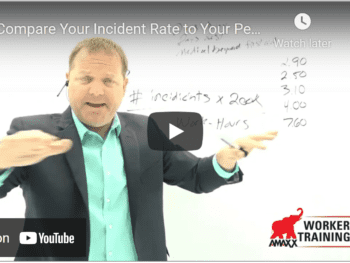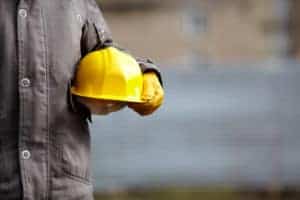WorkSafeBC Releases Safety Report for Forest Workers and Public Use WorkSafeBC (British Columbia, Canada) released the Resource Roads Demonstration Project with recommendations on improving worker safety on resource roads by focusing on the organization and implementation of a management structure to provide a system of coordination and a process of safety compliance for users of the defined road systems. The project was conducted in the Prince George forestry region and the oil and gas fields southeast of Fort St. John, covering more than 600,000 kilometers of resource roads, commonly known as "logging roads," "forest service roads," "petroleum development roads," or "industrial roads" used to access remote parts of the province. Built primarily to support industry, the roads are used frequently by the public for recreational purposes. Pat Bell, minister of Forests and Range said the government is committed to maintaining high safety standards to protect both forest workers and the public and the new road safety committees are the latest in a series of initiatives to improve safety on Sorest Service roads, including speed enforcement through expanded use of radar guns and funding for repair and upgrades. Accident and Fatality Prevention Goal From 1999 to 2009 motor vehicle incidents claimed 68 lives in the Forestry and Oil/Gas industries; 53% of those fatalities were on resource roads. The most common types of vehicles involved in resource road fatalities are log trucks (47%) and pickup trucks/crummy vans (41%). The most frequent type of collisions was rollovers, accounting for nearly 64% of fatalities. "WorkSafeBC and its partners believe fewer workers will be killed or seriously injured on resource roads as a result of this project," said Betty Pirs, WorkSafeBC's executive director of Prevention. "We are committed to working with our government and industry partners to implement the recommendations across the province." Recommendations were made to WorkSafeBC, the Ministry of Forests and Range, the BC Forest Safety Council, Enform, and employers requiring workers to travel on resource roads.
- Establish Road Safety Management Committees throughout the province as the administrative structure for safety on resource roads
- WorkSafeBC taking a leadership role to ensure any system put in place for road administration is compliant with the Workers' Compensation Act
- Review and use new technology appropriately by all road users
- Electronic stability control becoming a standard on light duty trucks and other vehicles when feasible
- Identity driver training standards, implemented, and enforce.
- Put in place Subcommittees or Road User Groups (RUGs) at an operational level where work is occurring within each unique road system or road network.
The project concluded a critical success factor is the participation of the road owner (i.e., Ministry of Forest and Range, the Oil and Gas Commission, or others) in any road safety management initiative. The entire report is available for download at WorkSafebc.com http://www2.worksafebc.com/Portals/Petroleum/ResourceRoads.asp Author: Robert Elliott, J.D.
Try Our FREE Follow Us On Twitter: www.twitter.com/WorkersCompKit WC Best Practices Quick Check: http://www.workerscompkit.com/intro/ WC 101: www.ReduceYourWorkersComp.com/workers_comp.php Do not use this information without independent verification. All state laws vary.
©2008 Amaxx Risk Solutions, Inc. All rights reserved under International Copyright Law. If you would like permission to reprint this material, contact [email protected]
















